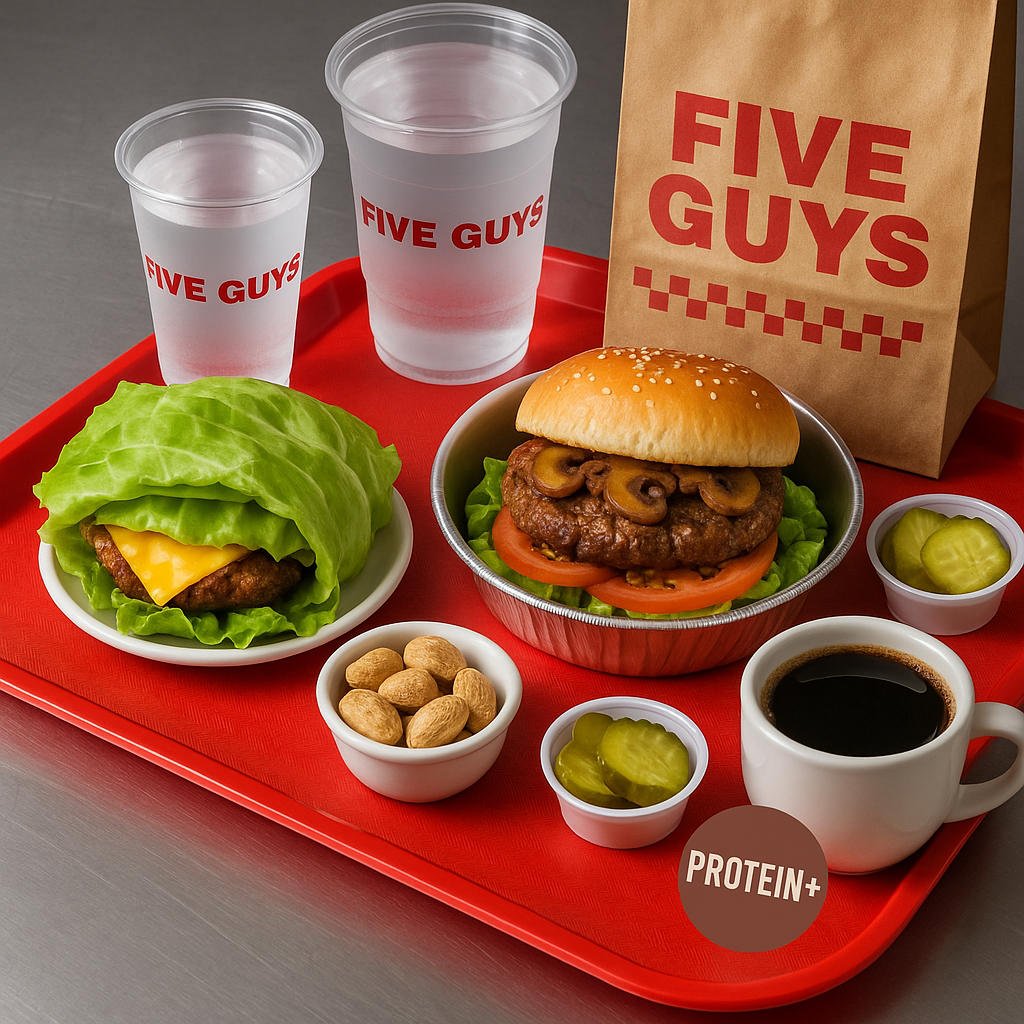How to Use ChatGPT to Predict the Outcome of Sports Games (November 2025)
November 2025 update
Quick Reality Check (read this first)
ChatGPT can help you structure analysis and produce probability forecasts, but it’s not a crystal ball. The best results come when you treat it like a probability forecaster + research aide, not a tipster. Your edge will come from:
well-curated inputs,
repeatable prompt templates,
rigorous evaluation and calibration, and
controlled decision rules (especially if you care about bankroll risk).
The End-to-End Workflow (Overview)
Define the question → “What’s the probability Team A beats Team B on [date] in [league]?”
Assemble inputs → recent form, injuries, rest, travel, matchup stats, market odds as baseline.
Prompt the model → structured template that forces ranges, uncertainty, and yes/no checks.
Get probabilities → not picks. Ask for P(Team A wins), median total, 90% interval.
Sanity check vs baseline → compare to implied probability from odds (remove the vig).
Log, track, and score → Brier score/log loss, calibration buckets, backtesting.
Iterate → refine features, weights, and prompt until forecasts are well-calibrated.
What Inputs Actually Move the Needle
Use the same core features every time so ChatGPT can reason consistently.
Team Strength: season-long ratings (Elo/Glicko-style), net rating, expected goals (xG), DVOA-type metrics by phase.
Recent Form Windows: last 5 and last 10 (weigh lightly to prevent overfitting).
Injuries & Availability: star players, goalie/starting pitcher/quarterback; minutes limits; back-to-backs.
Rest & Travel: days of rest, back-to-back, 3-in-4, altitude, time zone shifts.
Matchup Edges: pace, rebounding, line play, special teams, shot quality, scheme fits.
Venue & Weather: home/away splits, surface (turf/grass), wind/rain/temperature (for outdoor sports).
Market Baseline: moneyline or spread totals to anchor your priors; remove the vig to get clean implied probabilities.
Context: playoffs vs regular season; motivation (seeding, must-win); coaching tendencies.
Pro tip: Present these as a compact table (even just bullet points) in your prompt so the model can reason in a structured way.
Try this prompt
(If you don’t want to paste everything in, use ChatGPT to search the net and assemble the data, then run the prompt.)
You are a sports forecasting assistant. Task: estimate the true win probability for [LEAGUE] game:
- Matchup: [AWAY] at [HOME]
- Date/Time (local): [YYYY-MM-DD hh:mm]
- Venue: [Stadium/Arena], [Surface/Weather if relevant]
- Team Ratings: [HOME Elo], [AWAY Elo]; Net Rating last 10: [numbers]
- Injuries/Availability: [starters out/questionable, minutes limits]
- Rest/Travel: [back-to-back? days rest? time zones?]
- Matchup Factors: [pace, line strength, special teams, shooting profile, scheme]
- Market Baseline (vig-removed): HOME win [p_home], AWAY win [p_away]
- Other context: [playoff seeding, rivalry, etc.]
Instructions:
1) Start from the market baseline as prior info, then adjust ONLY where evidence is strong.
2) Output:
- P(HOME win) and P(AWAY win) that sum to 1.00.
- Median total points/goals and a 90% prediction interval.
- 3 key uncertainty factors.
- 3 bullet points explaining your biggest adjustments vs the market.
3) Keep numbers to 3 decimals for probabilities.
Given team pace/tempo, offensive/defensive efficiency, and injuries, estimate:
- Median total
- 25th/75th percentiles
- 90% interval
Explain in 3 bullets which factors widen or narrow your interval.
Turning Betting Odds into Implied Probabilities (for your baseline)
American odds to implied probability (without vig):
Positive +X → 100/(X+100).
Negative −X → X/(X+100), with X as positive.
Remove the vig by normalizing: divide each implied probability by the sum of all sides’ implied probabilities.
Why it matters: Using a clean market baseline makes your forecasts anchored to reality and helps ChatGPT avoid drifting into narrative.
Example: Single-Game Forecast (Fictional Data)
Inputs (summarized):
Team A at Team B; Team B home Elo +35; Team A missing starting PG; Team A 3-in-4 nights; Team B fully rested; market baseline (vig-removed): B 0.58 / A 0.42; pace neutral; no weather.
Ask ChatGPT with the template and require:P(B win), P(A win)
Median total and 90% interval
Three adjustments vs baseline
A good model answer should look like:
P(B win): 0.63, P(A win): 0.37
Median total: 221.5 (90%: 203–240)
Uncertainty drivers: (1) PG injury minutes cap not confirmed; (2) fatigue effect uncertain; (3) variance in 3-pt shooting.
Adjustments vs market: +0.05 to B for rest advantage; −0.01 for small matchup edge A on offensive glass; +0.01 for B’s late-game free-throw edge.
You now have a traceable probability you can track.
Multi-Game Slates: Batch Prompt
For slates (e.g., Sunday NFL), you want concise, comparable outputs.
Prompt:
You are a sports forecaster. For each game below, return:
- P(Home), P(Away) summing to 1.000
- Median total and 90% interval
- 2 bullets: biggest pro-Home and pro-Away arguments
Use the same methodology across all games and anchor to vig-removed baselines.
[Paste a bullet list of games with compact inputs]
Make ChatGPT More Accurate: Techniques That Work
Anchor-and-adjust
Give the market baseline first. Ask the model to justify any deviation in 1–3 bullets.Force probability outputs
Require probabilities to sum to 1.000 and to include intervals (not just point totals).Use consistent feature blocks
If you always provide ratings, injuries, rest, and matchup stats in the same order, the model will reason more consistently.Ask for uncertainty
Request the top 2–3 unknowns (e.g., “starting goalie not confirmed”) so you remember to re-check closer to game time.Ensemble opinions
Run two prompts:(A) Market-anchored (as above), and
(B) Data-first: hide the odds and have ChatGPT estimate from raw features.
Average the two (or use A unless B shows a strong, well-explained disagreement).
Scenario prompts
“If the questionable star plays 28+ minutes, how do probabilities change?”
Store a tiny decision tree for game-time updates.
Scoring & Calibration (so you know it’s working)
Brier Score (for binary outcomes):
Brier=1N∑(pi−oi)2\text{Brier} = \frac{1}{N}\sum (p_i - o_i)^2Brier=N1∑(pi−oi)2, where oio_ioi is 1 or 0.
Lower is better (0 is perfect; 0.25 equals coin-flip on average).Log Loss (more sensitive to confidence):
Penalizes overconfidence when wrong. Use alongside Brier.Calibration Buckets:
Group forecasts into bins (e.g., 0.40–0.49, 0.50–0.59, …). Over many games, the observed win rate should match the predicted probability in each bin. If your 60–69% bin wins only 55%, you’re overconfident—shrink toward the market next time.Sharpness:
Spread of your probabilities. A perfectly calibrated but always-50% forecaster is useless. Aim for calibration and meaningful deviation when justified.
Building Your Forecast Sheet (repeatable and tidy)
Columns to track:
Date | League | Away | Home | Market P(Home) | Model P(Home) | Edge (Model–Market) | Median Total | 90% Interval | Notes (Injuries/Rest) | Result | Brier | LogLoss
Rules:
Only “consider” edges where |Model–Market| ≥ 0.03–0.05 and your notes show concrete reasons (injury confirmation, rest, matchup).
Cap confidence until you’ve run 200–500 games and verified calibration.
Common Failure Modes (and how to avoid them)
Recency bias: Overweighting last 1–2 games. Fix: cap the weight of short-term form.
Narrative traps: “They want it more.” Fix: ask for quantified reasons only.
Double-counting: Market already priced the injury—don’t “adjust again” without new info.
Overconfidence: If your model routinely pushes 65–75% where the market is 55–60% without concrete edges, you’ll pay in log loss.
Data mismatch: Using per-game stats that aren’t pace-adjusted. Fix: use rate stats (per-possession, per-play).
Advanced: Totals & Player Props (responsibly)
Totals: Have ChatGPT combine tempo/pace + efficiency and return a median + 90% interval. Ask why the interval is wide (e.g., high-variance 3PT volume, weather).
Player minutes & usage scenarios: Prompt the model to outline low/medium/high minutes assumptions for questionable players and how that shifts team efficiency.
Correlation awareness: Remind the model that side and total can correlate (e.g., slower underdog strategies). Ask it to flag when correlation is material.
Governance & Ethics (important)
Local laws & platform rules: Know the rules where you live.
Responsible behavior: Treat forecasts as estimates, not guarantees.
Bankroll discipline: If you convert probabilities into stakes, use tiny fractions (or paper-trade) until you’ve proven calibration.
No insider info: Stick to public, time-stamped inputs you can verify.
A Minimal Weekly Routine (that actually works)
Mon–Tue: Backfill last week, compute Brier/log loss, update calibration chart.
Wed: Adjust prompts or feature weights that hurt calibration.
Thu–Sun: Forecast slates; use edge threshold and uncertainty flags; log results.
End of Month: Review top 10 wins/losses; ask ChatGPT to post-mortem where your reasoning drifted or double-counted.
Final Whistle: Probabilities, Not Picks 🏁
The secret isn’t a magic prompt—it’s process. Feed ChatGPT structured inputs, anchor to the market, demand probabilities with intervals, and score yourself every week. If you do that, your forecasts get sharper, your confidence gets calibrated, and your decision-making gets a lot more disciplined—no superstition required.










![What’s the Healthiest Donut at Tim Hortons? (Lowest‑Calorie Pick) [November 2025]](https://images.squarespace-cdn.com/content/v1/5fa5ec79661ee904d2973ca0/1762476710458-0W8K2Z3IWMSQDPYZVBDK/healthiest+donut+at+tim+hortons.jpg)




